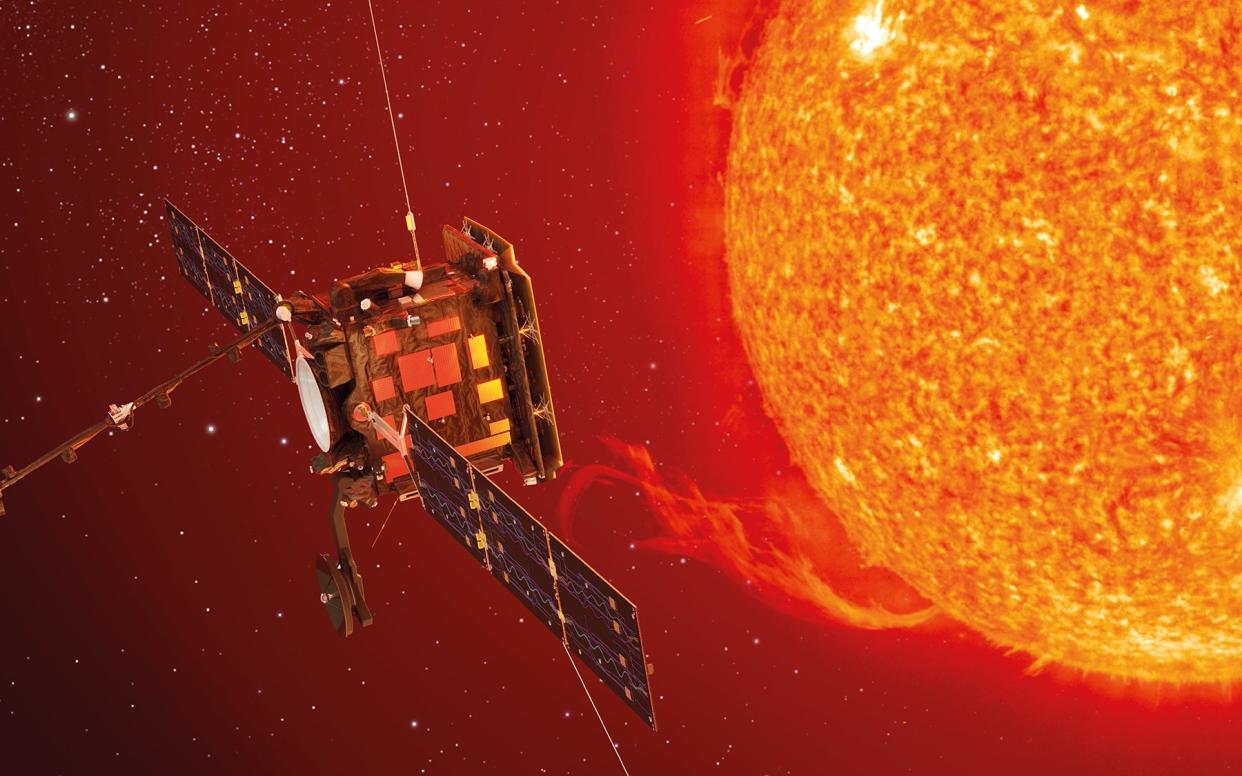Origin of the Sun's solar storms discovered in scientific breakthrough

The origin of dangerous solar storms have been discovered by scientists in a breakthrough which could help forecast devastating eruptions from the Sun.
The events occur when the Sun shoots out super-heated radioactive material which causes geomagnetic storms.
These huge solar flares could knock out communications on Earth, disrupt satellites and shut down power grids.
In 1859, a large solar storm called the Carrington Event caused widespread issues with telegraph systems across Europe and the United States.
A repeat storm of such magnitude today could be far more devastating.
But now researchers at University College London (UCL) and George Mason University in the US believe they have located where on the Sun these particles come from, in a bid to better predict when they might strike again.
Their findings, published in Science Advances journal, indicate that the particles have the same "fingerprint" as plasma located low in the Sun's corona, close to the middle region of the it’s atmosphere.
"In our study we have observed for the first time exactly where solar energetic particles come from on the Sun," said co-author Dr Stephanie Yardley, from UCL.
"Our evidence supports theories that these highly charged particles originate from plasma that has been held down low in the Sun's atmosphere by strong magnetic fields.
"These energetic particles, once released, are then accelerated by eruptions that travel at a speed of a few thousand kilometres a second.
"Energetic particles can arrive at Earth very quickly, within several minutes to a few hours, with these events lasting for days.
"Currently, we can only provide forecasts of these events as they are taking place, as it is highly challenging to predict these events before they occur.”
Dr Yardley said by understanding this process scientists will be able to improve forecasts, giving us time to react and reduce the risks of future storms.
The researchers made the discovery using measurements from Nasa's Wind satellite, located between the Sun and Earth.
They looked at a number of solar energetic particle streams, each lasting at least a day, in January 2014.
Using the same techniques the researchers will analyse the new solar cycle to confirm their results.

